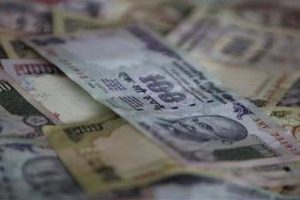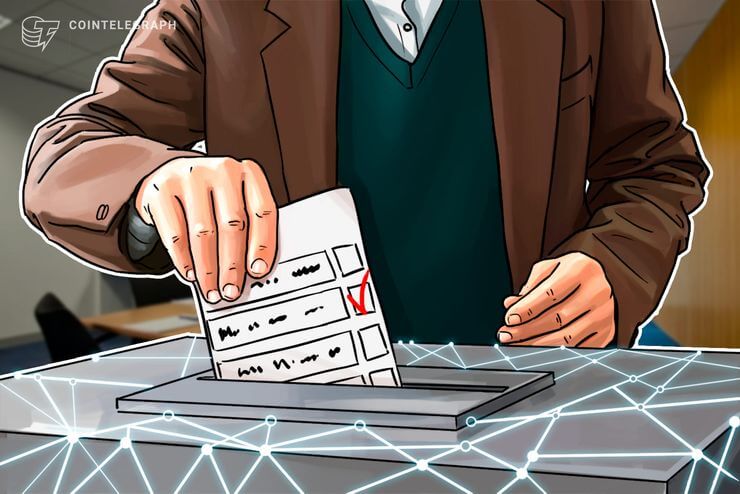Reading Time: 5 minutes
In the recently concluded general elections, voting took place for 543 parliamentary constituencies in nine phases with almost 815 million voters across nine phases for over a month. A total of 8,251 candidates contested for the 543 Lok Sabha seats. These were termed as the largest ever-election in the world, opines Navodita. An exclusive for Different Truths.
 As assembly polls were underway in Jharkhand, it is said these are likely to pave way for election outcomes even in 2020 in legislative assemblies of Delhi and Bihar. Let us analyse then what is in store for the Congress, the BJP and the regional parties, and most importantly- the aam admi. The voter has to often bear the brunt of enormous elections and voting each time. Can the laws be eased out to make things convenient for the Indian citizen? Here’s a look.
As assembly polls were underway in Jharkhand, it is said these are likely to pave way for election outcomes even in 2020 in legislative assemblies of Delhi and Bihar. Let us analyse then what is in store for the Congress, the BJP and the regional parties, and most importantly- the aam admi. The voter has to often bear the brunt of enormous elections and voting each time. Can the laws be eased out to make things convenient for the Indian citizen? Here’s a look.
Indian elections can be undoubtedly called as a mammoth exercise by any criterion. The elections in India, therefore, create international headlines whenever they take place.
Indian elections can be undoubtedly called as a mammoth exercise by any criterion. The
elections in India, therefore, create international headlines whenever they take place. For example, in the recently concluded general elections, voting took place for 543 parliamentary constituencies in nine phases with almost 815 million voters across nine phases for over a month. A total of 8,251 candidates contested for the 543 Lok Sabha seats. These were, therefore, termed as the largest ever-election in the world! The number of voters in India surpasses those of all 50 European countries put together.
The kind of electoral exercise that we witness in India is unparalleled in the world. Due to the sheer size of electorate and the expanse of our democracy, this electoral exercise doesn’t only assume gigantic proportions, it also leads to huge electoral expenditure. To add to the existing woes, our general and state elections are not held simultaneously and thereby one part or the other of our country is always electorally alert. The Election Commission of India is on its foot throughout the year because of this. This is the situation when we are not taking account of local elections for Panchayat and urban municipalities. The ever-rising electoral expenditure on the country because of this can prove detrimental to our governance and developmental goals.
India is a developing country and we cannot afford to lose our limited resources in this wasteful manner. Cost of elections is a big burden on both government and political parties.
India is a developing country and we cannot afford to lose our limited resources in this wasteful manner. Cost of elections is a big burden on both government and political parties. One of the pillars of Indian democracy is the periodic organisation of free and fair elections. This nature of our elections to be free and fair is threatened by the rising costs of elections as political parties and candidates who contest look out for other sources to cover these costs. It an open secret that this contributes to political corruption as pointed out by many studies. The frequent elections are also an ever increasing administrative burden for the ECI. Simultaneous elections (at least for general and state elections) have been mooted out by many as a remedy to this problem of Indian democracy. Issues that we are facing now in terms of spiraling costs of elections, administrative burden on government and EC and governance deficit resulting from these can be better resolved if we revert back to our earlier electoral system whereby we had simultaneous elections for both parliament and state assemblies.
It maybe said that 2014 marked the dawn of a new era in Indian politics. Subsequent elections have been coloured in hues of this election- be it at the state level or even the national elections of 2019. The BJP, riding on the popularity of its prime ministerial candidate Narendra Modi, went on to win 282 seats, a number good enough to form a stable government without even the support of allies. It was the biggest victory for a single party in 30 years, since the Congress party won 404 Lok Sabha seats in 1984 in the wake of Indira Gandhi’s assassination. But what was—or more appropriately, were—behind his thumping victory? As a mass leader, Narendra Modi had the charisma to connect with people. He took out around 450 rallies in 11 months that were attended by more than 21 million (2.1 crore) people across India. His competitors were nowhere close. This apart, he created far deeper impacts on television as well as the print media, besides creatively using the online social media. Several other reasons could be cited for Modi’s electoral victory.
Media played a decisive role in electoral outcomes and press trend establishes itself as predictor of election results. It may be noted that India, at present, is witnessing a steady increase in newspaper circulation. A positive media climate could also be cited for such a positive result.
Media played a decisive role in electoral outcomes and press trend establishes

itself as predictor of election results. It may be noted that India, at present, is witnessing a steady increase in newspaper circulation. A positive media climate could also be cited for such a positive result. But what is or are behind this positive correlation between press trend and election result? Is it media influence or did the media just reflect public opinion? Did the print media create public opinion, attitudes and perceptions (effect) through their political news reports and/or reflect existing attitudes, perceptions and culture? Several questions need to be answered about media and politics and their correlation.
Some researchers say the amount of media impact cannot be measured, but they assume that the positive correlation observed between press trend and poll results was due to strong media impact—that is, the news published in favour of the BJP could have influenced the voting population to choose that party. As such, the media industry in this democratic country is free from government control and runs on self-regulation. As corroborated by the study results, the government does not have any direct influence on newspapers’ agenda. Stands taken by the papers and partisan political orientation expressed in its coverage should be free from government influence, which is reflected in the overall scores that were not in favour of the incumbent. Hence, it maybe said that media does predict electoral outcomes, and can be biased in its coverage yet the results and polls are usually on the mark.
Rarely have media poll pundits gone wrong. The question is – how do they manage to feel the people’s pulse with such dexterity and scientific precision? The trend in favour of or against Modi is here to stay- while assembly numbers maybe predicted these days, government formations cannot as regional parties and small ones at that are playing kingmaker, according to latest outcomes.
Photos from the Internet
















